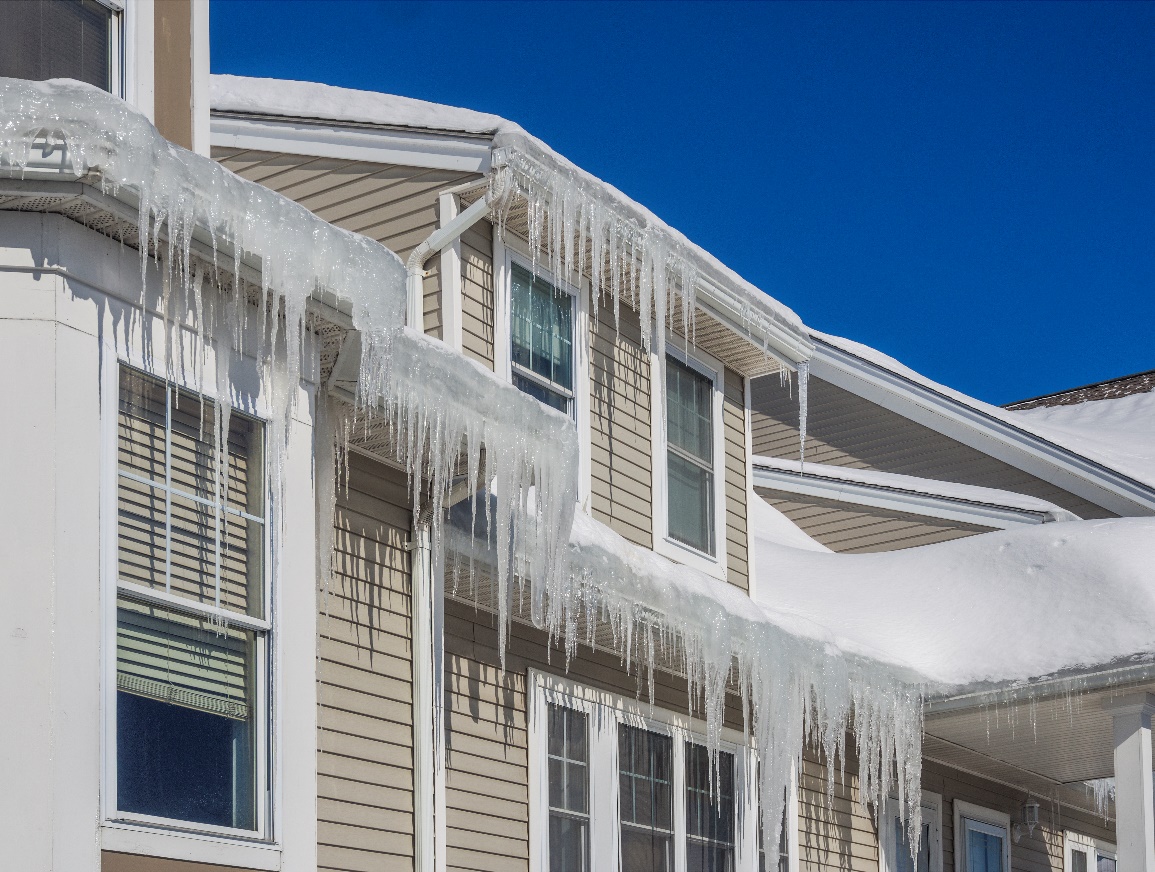Presented By Rathkamp Financial
(Columbus)—This time of year, fluctuating temperatures can lead to big problems for homeowners.
As temperatures rise and fall, snow and ice can melt and refreeze near the edge of rooftops, resulting in an ice dam. If left unaddressed, these dams can prevent proper drainage and contribute to roof damage and water leaking inside the home.
Damage can range from stained walls and ceilings to peeling paint and rotting wood.
“The real key to preventing ice dams is to keep your home’s roof and attic as cool as the air outside,” said Regina Hanshaw, executive secretary for the Ohio Board of Building Standards. “Adding insulation, installing roof vents and closing air leaks around any spots where lights, pipes or other fixtures penetrate the ceiling are the simplest steps for avoiding a problem.”
Hanshaw also recommends installing a waterproof barrier under the shingles at the roof’s edge.
The Board of Building Standards offers the following key takeaways for preventing water damage caused by ice dams:
- Ensure adequate ventilation. Every roof needs to be vented both at the eaves (usually in the soffits) and at the peak – either in the roof itself or via vents in the end walls of the home. Air space above the insulation in the ceiling or attic then allows cold air to move freely, keeping the roof cold and preventing the snow cover from melting.
- Seal off the house. Proper insulation of attic rafters or ceiling joists is another crucial part of the solution, as well as a tight vapor barrier to prevent moisture from passing from the living areas into the insulation.
- Install a snow and ice shield. When installed immediately on top of a home’s sub-roof and beneath the shingles covering the overhang of the roof, snow and ice shield will go a long way in preventing water from working its way into a home.
Home-energy auditors or weatherization contractors can identify and fix air leaks and inadequate insulation in a home’s attic – a common contributor to the formation of ice dams.
Homeowners can also scan their roofs for damaged, loose or missing shingles that may leak and hire a handyman or roofer to make necessary repairs.



More Stories
Pike CAC Offers Car Repair Program for Working Residents
ODOT Seeks Public Comments On Pike County Culvert Projects
Star Studded Summer Concerts Announced for Sugarloaf Mountain